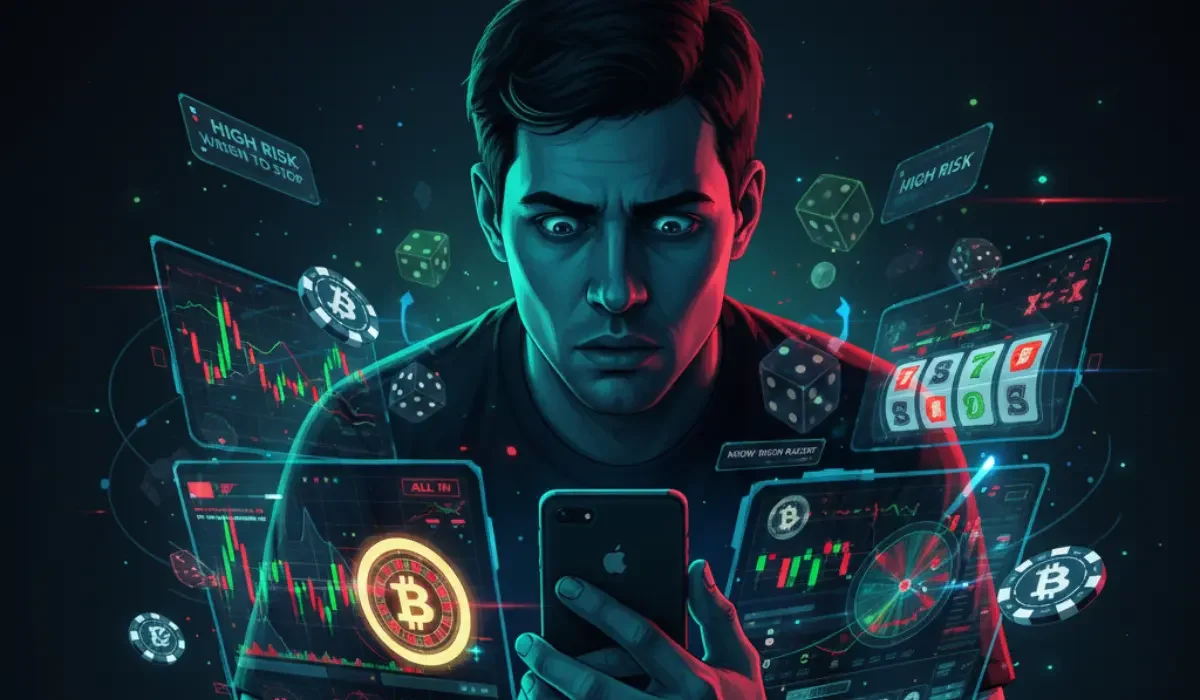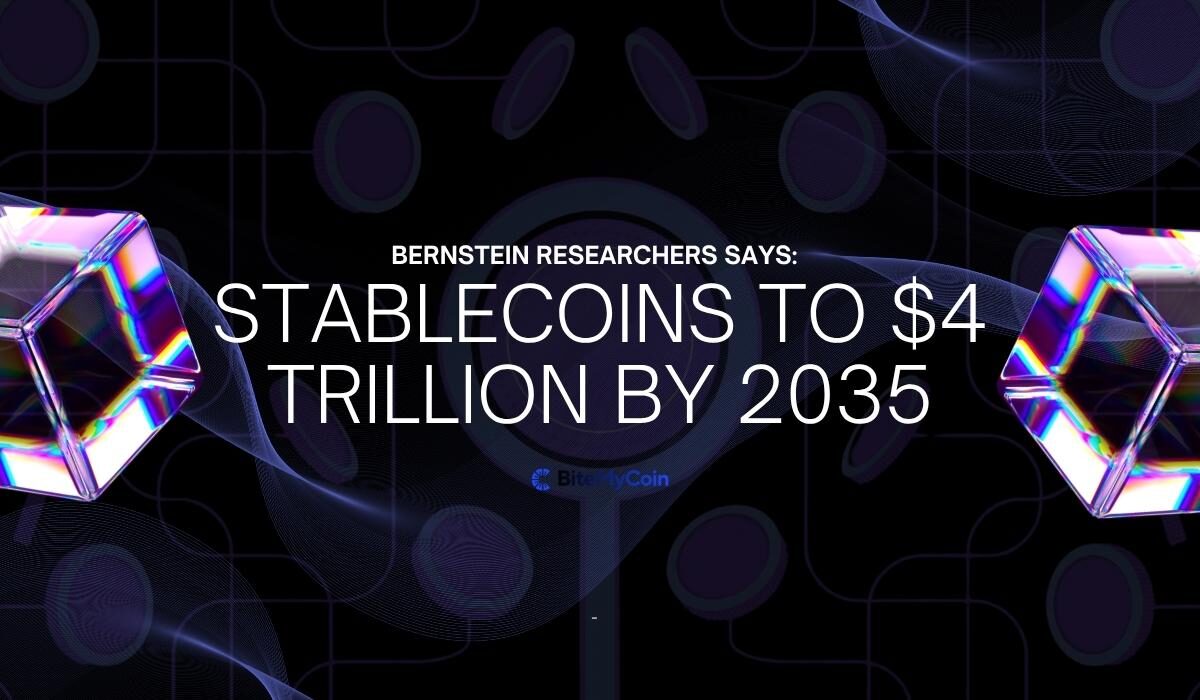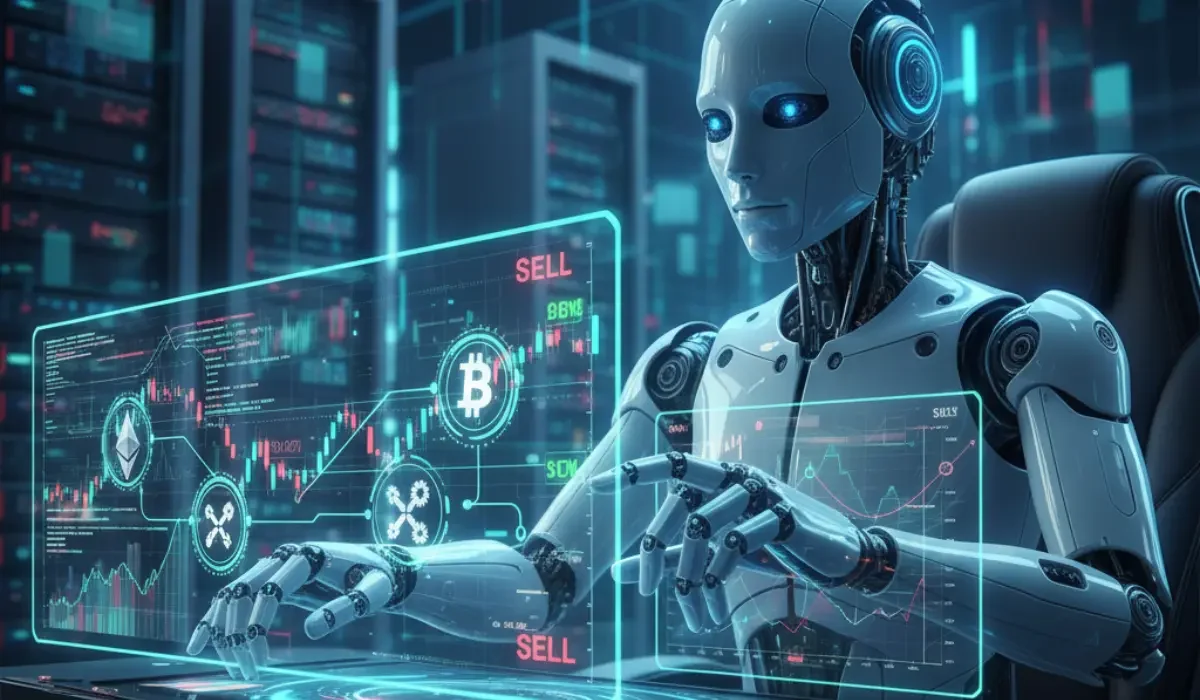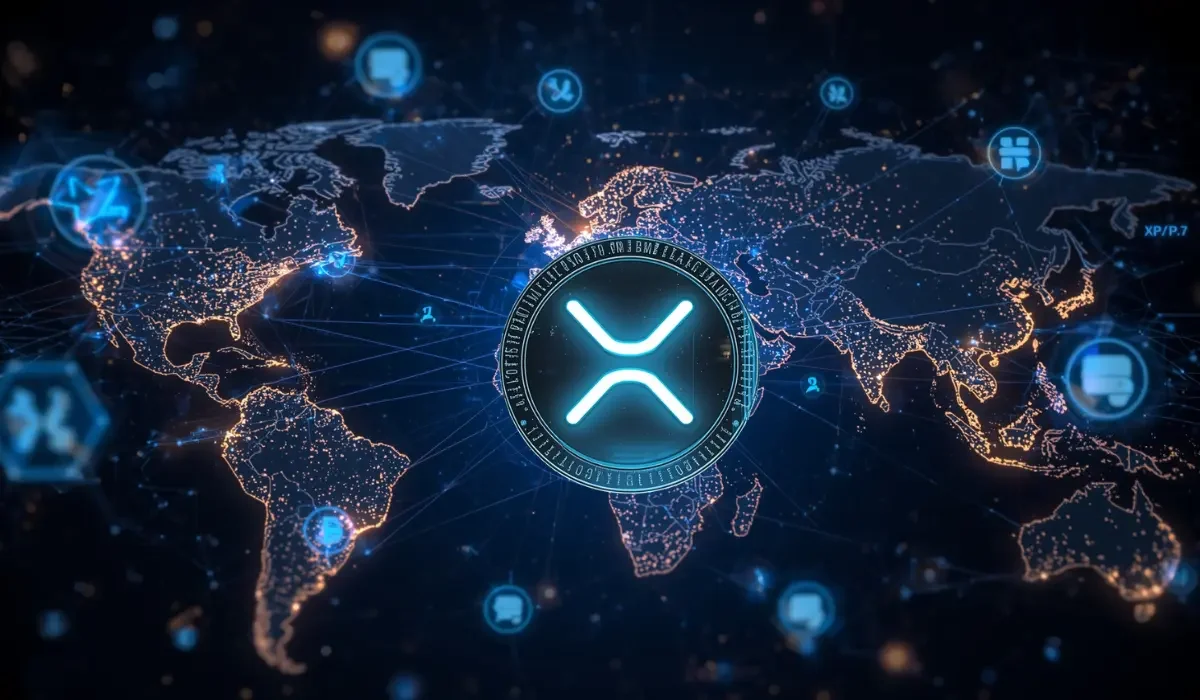What is Token Burning? Explained Simply
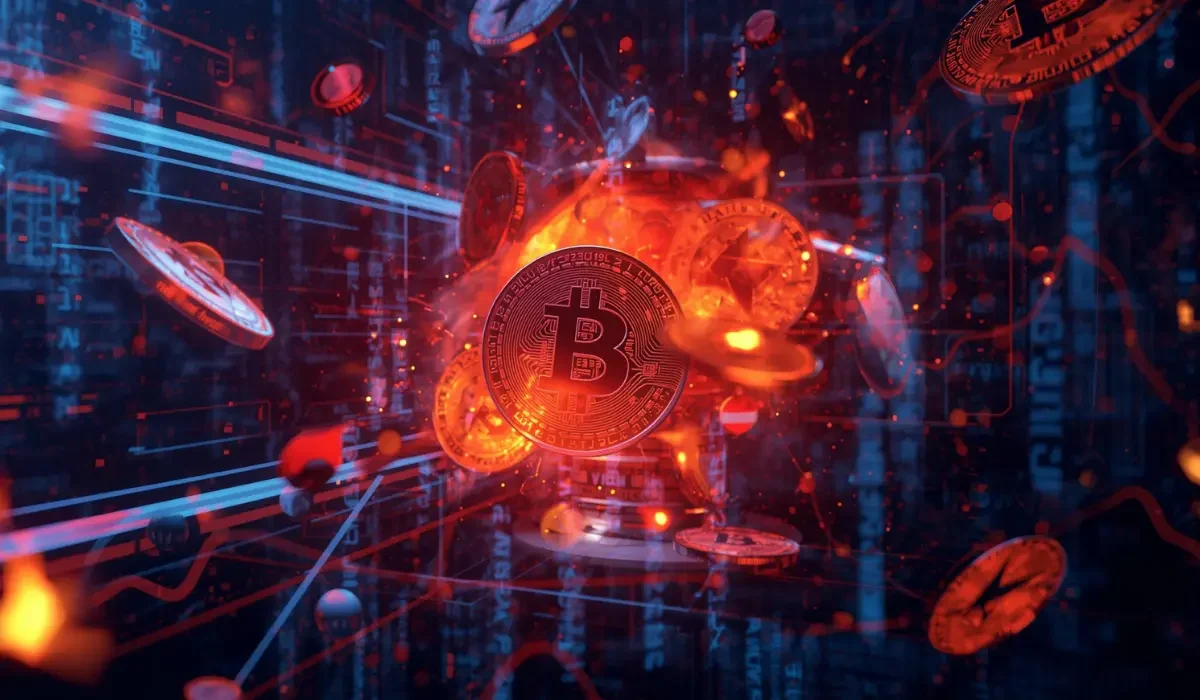
Token burning is the process by which a certain number of cryptocurrencies are removed from the circulating supply. The token is moved to a special wallet address called “burn address”, “null address”, or “eater address”, whose private key is inaccessible. Token burn is typically performed to augment the value of a certain cryptocurrency in the market.
Token burning brings in a deflationary effect for the tokens. With scarcity in the market, the value of the remaining tokens increases. It is often used by cryptocurrency projects to influence market sentiment, demonstrate commitment to their roadmap, and maintain or increase the value of their tokens. Since the process is irreversible, the value created will not be destroyed.
Common Methods of Token Burning
The common methods of token burning are explained below.
- Direct Token Transfer to a Burn Address: This is the most common method of token burning, where the tokens are moved to a burn wallet with its private keys made inaccessible. The tokens become permanently locked and cannot be recovered or replenished.
- Smart Contract-Based Burning: Here, the tokens are burned directly through their smart contracts that automatically destroy tokens when certain conditions are met, such as after a transaction or at set intervals.
- Transaction Fee Burning: Some tokens burn the transaction fee to bring in deflation. EIP-1559 burns the base fee of each transaction, but the priority/tip fee is not burned. You might clarify that for full accuracy.
- Scheduled or Periodic Burns: Tokens may be burned on a predetermined schedule, like quarterly or annually. Binance Coin (BNB) follows this by burning tokens quarterly based on profits or trading volume.
- Community-driven Burns: Here, token holders send portions of the tokens that they hold to a burn wallet to reduce its circulating supply. Shiba Inu uses this method of token burning.
- Burn-and-Mint Mechanisms: Just as minting a token is necessary for a token, some blockchains integrate burning into their day-to-day activities. For example, in Terra, tokens are minted and burned simultaneously to maintain its stablecoin status.
Token Burning’s Effect on Price and Liquidity
Token burning affects price and liquidity over time. With scarcity introduced to the market, token burning can potentially drive the token’s price upward if demand remains steady or increases.
As scarcity for a coin increases, its price also increases given that the demand for the token remains the same or increases. However, if demand does not keep pace with reduced supply, price increases may not occur.
Since burning removes tokens from circulation, it can decrease the total tokens available for trading. This brings in a potential reduction of liquidity. On the other hand, successfully managed burns with clear communication can boost investor confidence, attracting more trading activity, which may enhance liquidity in the longer term despite a lower supply. Therefore projects should maintain balance and transparency to maintain healthy liquidity alongside price benefits.
Real World Use Cases of Token Burning
Token burning is used for several purposes including supply control, price stability, and network incentives.
- Enhanced Scarcity and Increased Value: Token burning removes tokens permanently from public access. This brings in scarcity and eventually increases the value of the token in the market.
- Inflation Control: Token burning brings a deflationary effect for the token economy, thus helping in reducing inflation. It sets off new token issuance or transaction fees to control inflation in a decentralized manner.
- Community Engagement and Deflationary Design: Token burning is a community centered activity where holders voluntarily send tokens to burn addresses, thus, strengthening trust and showing commitment to its value appreciation.
- Environmental Sustainability and Growth: While there are claims of eco-friendly token burns, this is not a widely adopted standard. It may sound speculative without naming a specific blockchain.
- Fee Mechanisms and Transparency: Burning tokens collected as fees offers a transparent monetary policy alternative, which is visible on-chain. As it is transparent, token holders can view the deflationary effects, which helps build trust in the token.
The Bottom Line
Token burning is an essential process to maintain balance and deflation in a decentralized environment. If done right, token burn can boost the value and price of a token without compromising on liquidity. While it does not guarantee price increases, it supports the tokenomics strategy by rewarding existing holders and maintaining long-term sustainability of the project. However, once tokens are burned, they cannot be retrieved, so caution is required when conducting burns.
Crypto & Blockchain Expert

